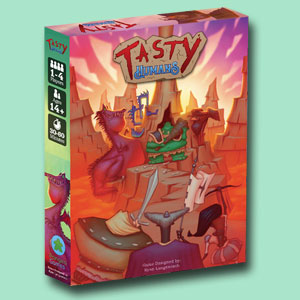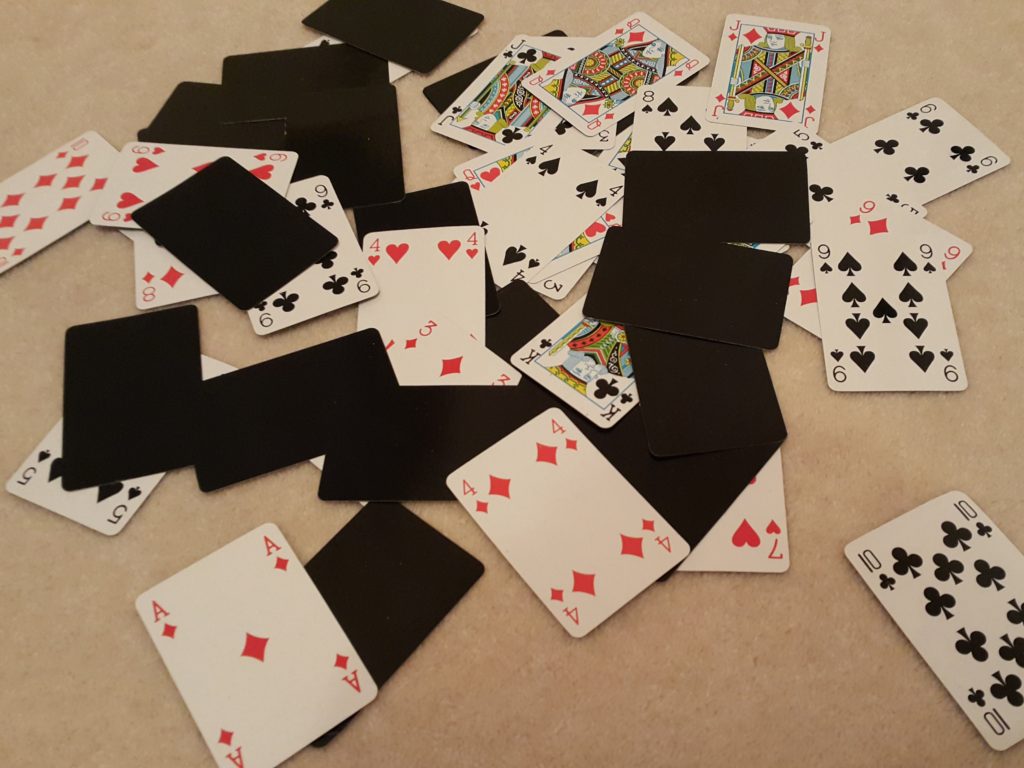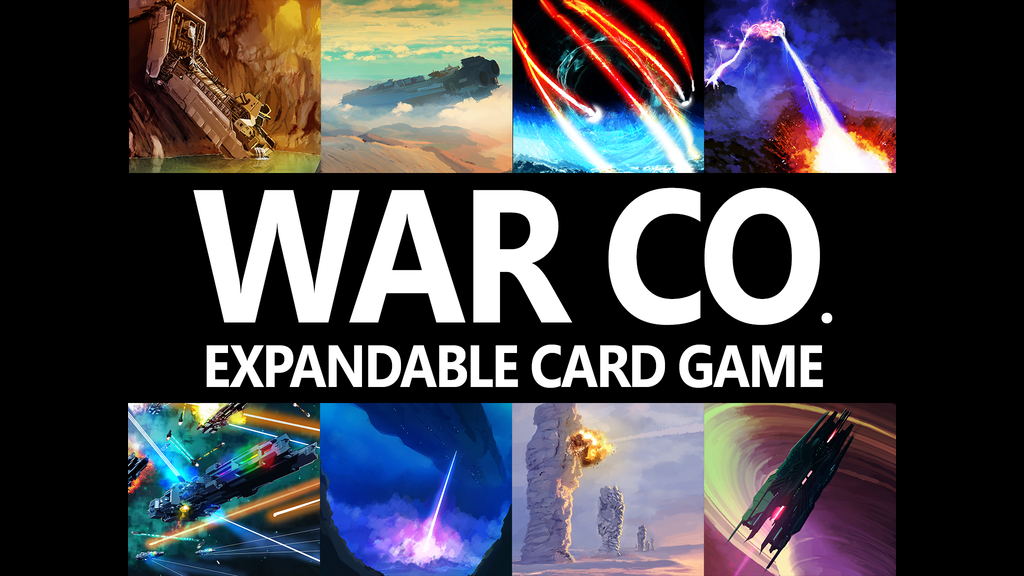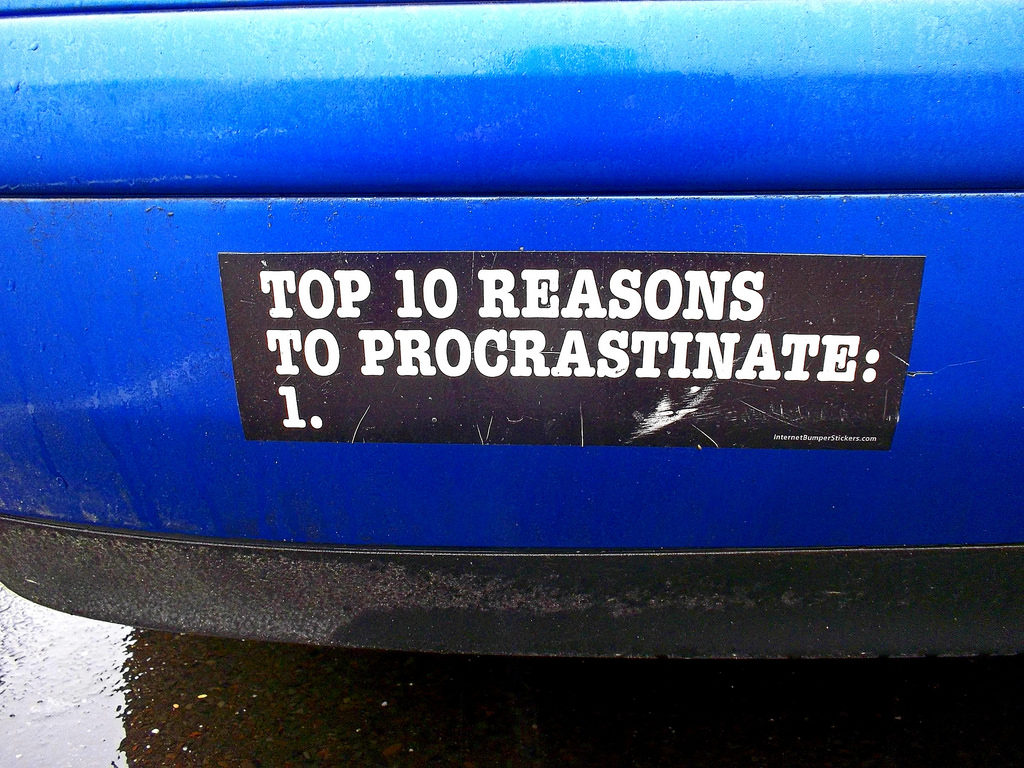How To Prepare for the Cost of Board Game Fulfillment
Heads up, this post is targeted at game developers in the United States. However, if you live somewhere else, some of what I say will still be useful.
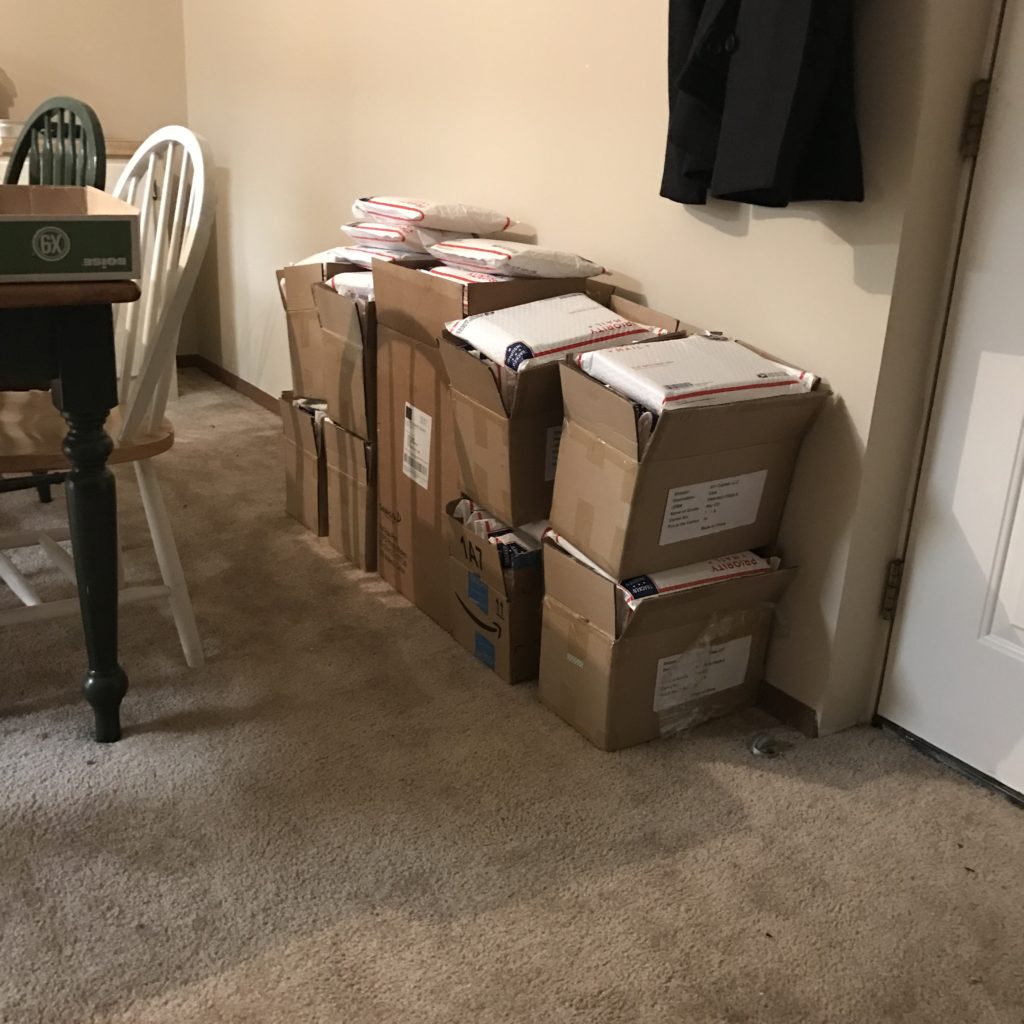
Looking for more resources to help you on your board game design journey?
Here you go: no email required!
Like this writing style?
Check out my latest blog on marketing here.
Nothing can take the steam out of creator’s sails quite like the brutal reality of trying to ship a physical product all over the world. In fact, I’ve been calling fulfillment a Kickstarter killer since July – before I actually got my Kickstarter off the ground! With that in mind, I’d like to spell out four nasty things about fulfillment that you might not expect.
- Fulfillment is expensive.
- Even domestic fulfillment – packages originating in the United States and going to somewhere else in the United States – can be tricky.
- Your international customers might be charged customs or VAT, unless you ship from within their country or region. That means you have to fulfill your games through a third-party distributor OR YOUR CUSTOMERS MIGHT GET CHARGED EXTRA.
- Don’t try to fulfill your game on your own if you have more than 200 people to send to at once. Same principle applies if ongoing shipping takes more than an hour or two.
With those rules in mind, here’s a how-to guide to address the first “nasty thing.” In a couple more weeks, I’ll post three more how-to guides on “nasty things” 2-4.
How To Prepare for the Cost of Fulfillment
Step 1: Respect Complexity
For a moment, consider all the variables that go into fulfilling a Kickstarter campaign. Your manufacturer has to receive parts from their suppliers. They have to send the product to you or your distributors in bulk. Then they have to separate the rewards and send them to individuals. The whole time, your rewards or their component parts are zipping back and forth in boats, cars, planes, and trains. They cross country lines multiple times, go across oceans, fly thousands of miles, and are handled by multiple different companies. Your rewards are subject to all kinds of laws and taxes that you can’t possibly understand all at once. No one can.
That realization sink in yet? Good. Don’t let it dishearten you, because it’s not actually that hard to deal with. You just need to respect the complexity and variability of what you’re doing. That’s the beginning of understanding.
Step 2: Build Accurate Cost Tables Ahead of Time (and Leave Money for Unexpected Expenses)
For domestic shipments, if you’re shipping a lightweight game that can fit in a USPS padded mailer, your shipping cost – with supplies included – will be about $7.50/shipment. For a medium size game, it will cost about $15.00/shipment. For a really big one, you could be looking at $20.00/shipment.
I’m basing these estimates on the cost of USPS priority mailers, which tend to be the cheapest way to send packages in the US. They’re pretty reliable, too. You might lose 1-2% of packages, often due to bad addresses or porch pirates – both of which are not the fault of any shipping company.
International shipping is a little more complex. For that, you need to know the weight of your game and ask for the shipping cost table of any distributors you choose to work with.
Step 3: Build Shipping Cost into Domestic Deliveries, Add Shipping Cost to International Deliveries
If you’re selling online or doing a Kickstarter, you need to be aware that buyers/backers do not understand what goes into shipping. They don’t understand how expensive it is. They just know Amazon Prime gets them packages in 2 days for free.
For this reason, you need to build the shipping cost right into your purchase price/reward price for buyers/backers in the USA. For international buyers/backers, it’s a little more complicated. Figure out the cost your distributors will charge for delivery. Make sure you factor in the price of delivering stock to the distributors, customs paid, account fees, and warehousing fees. Divide that by the amount of inventory you have there. Take that figure and subtract the amount of money it takes to ship to the USA. That’s how much extra you should charge your international backers.
Of course, you need to do two more things if you’re launching a Kickstarter:
- Account for the 8-10% cut that Kickstarter and its payment partners will take. That’s 8-10% on every dollar you earn, including that which appears to be set aside for shipping.
- Sanity check your shipping prices with backers before you launch. It’s next to impossible to change them after the fact if they’re too high or too low.
This work is heavy on spreadsheets and details, but it will pay off in a big way. The specific numbers and fees you will work with will change with your project, but the steps above can save you a ton of financial headaches.


